
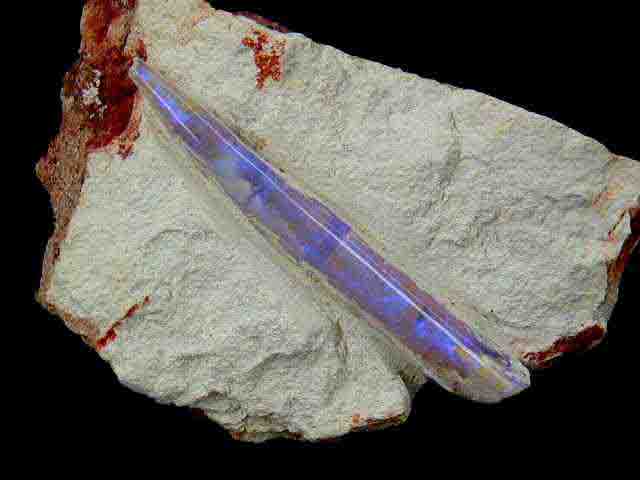

Opalized fossils
If you ever needed proof that magic exists in the world, read up on opalized fossils!
Opal can form in the cavity of a fossil when the silica seeps into the organic material before it decomposes preserving the internal details like a mold. This process creates opalized fossils.

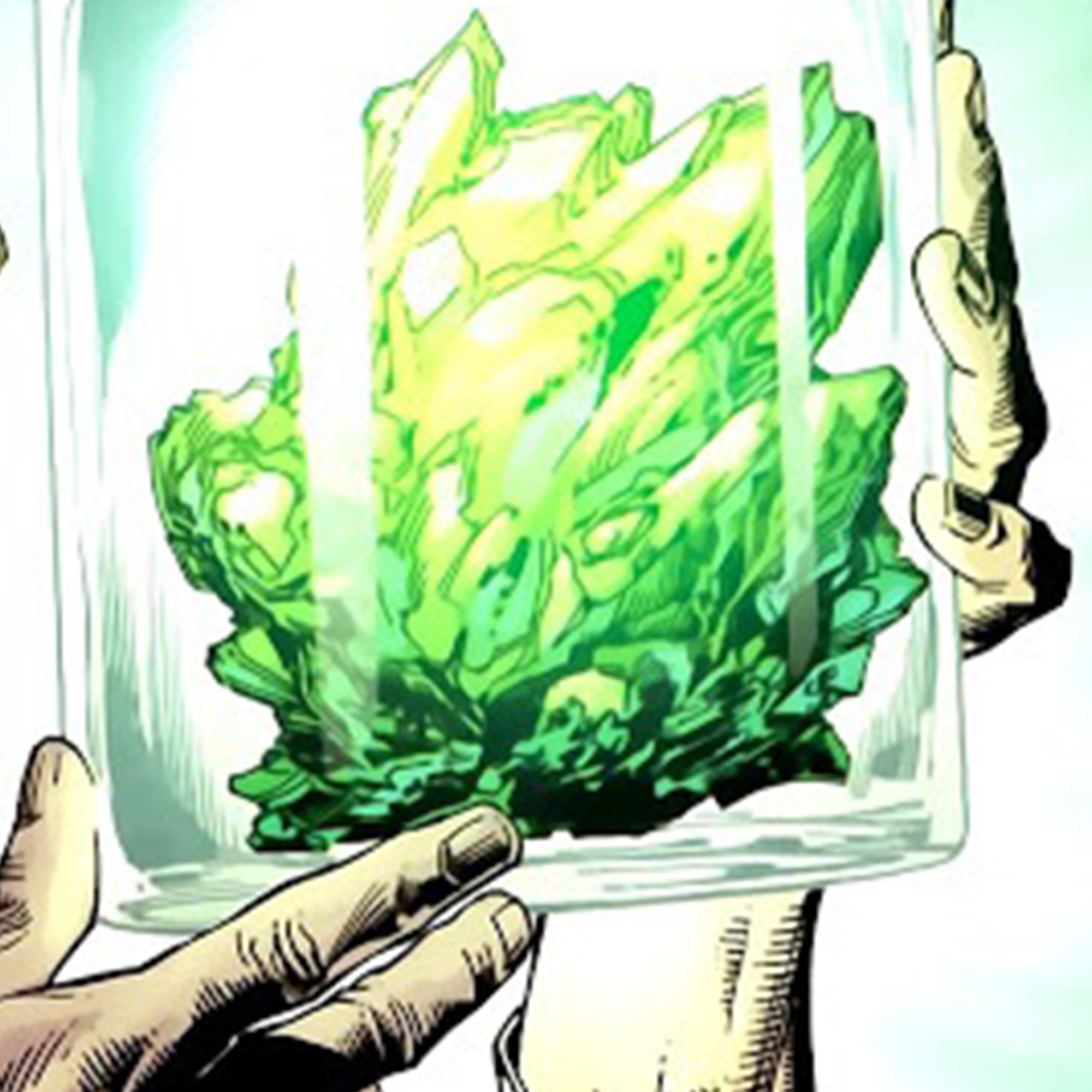

Kryptonite
Did I say Kryptonite? I meant Titanite! As I did my research into Titanite and its awesome light dispersion qualities I became positive it was the inspiration for Superman's Kryptonite. Prove me wrong!


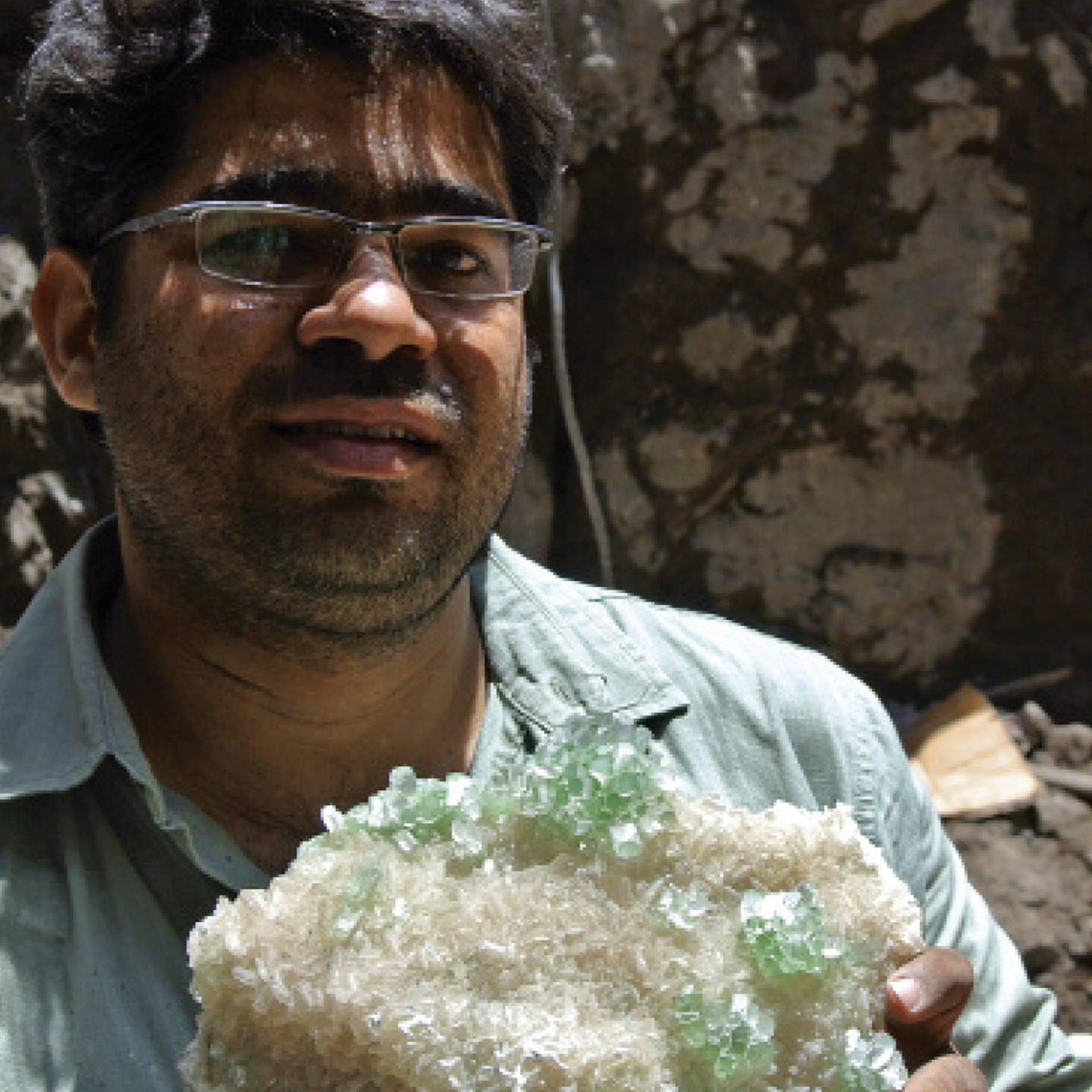
The Disco Balls of Rahuri, India.
There is a very finite number of the Rahuri "Disco Balls" that have ever been found. They were discovered by miners in India while digging a well within pockets of lava rock. Only 3 wells ever yielded these magnificant specimens. Individually, they are quite small- you could fit several in the palm of your hand.
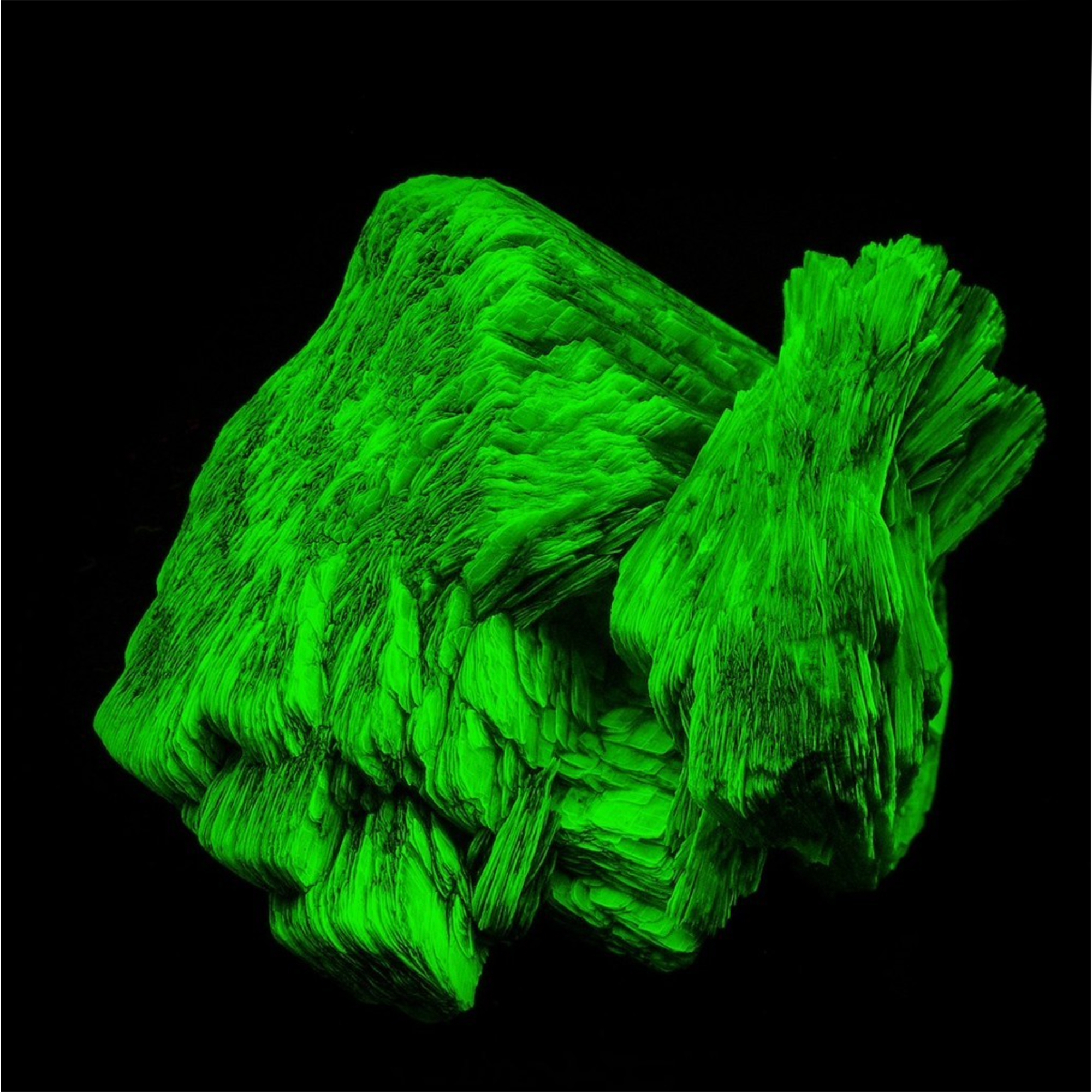
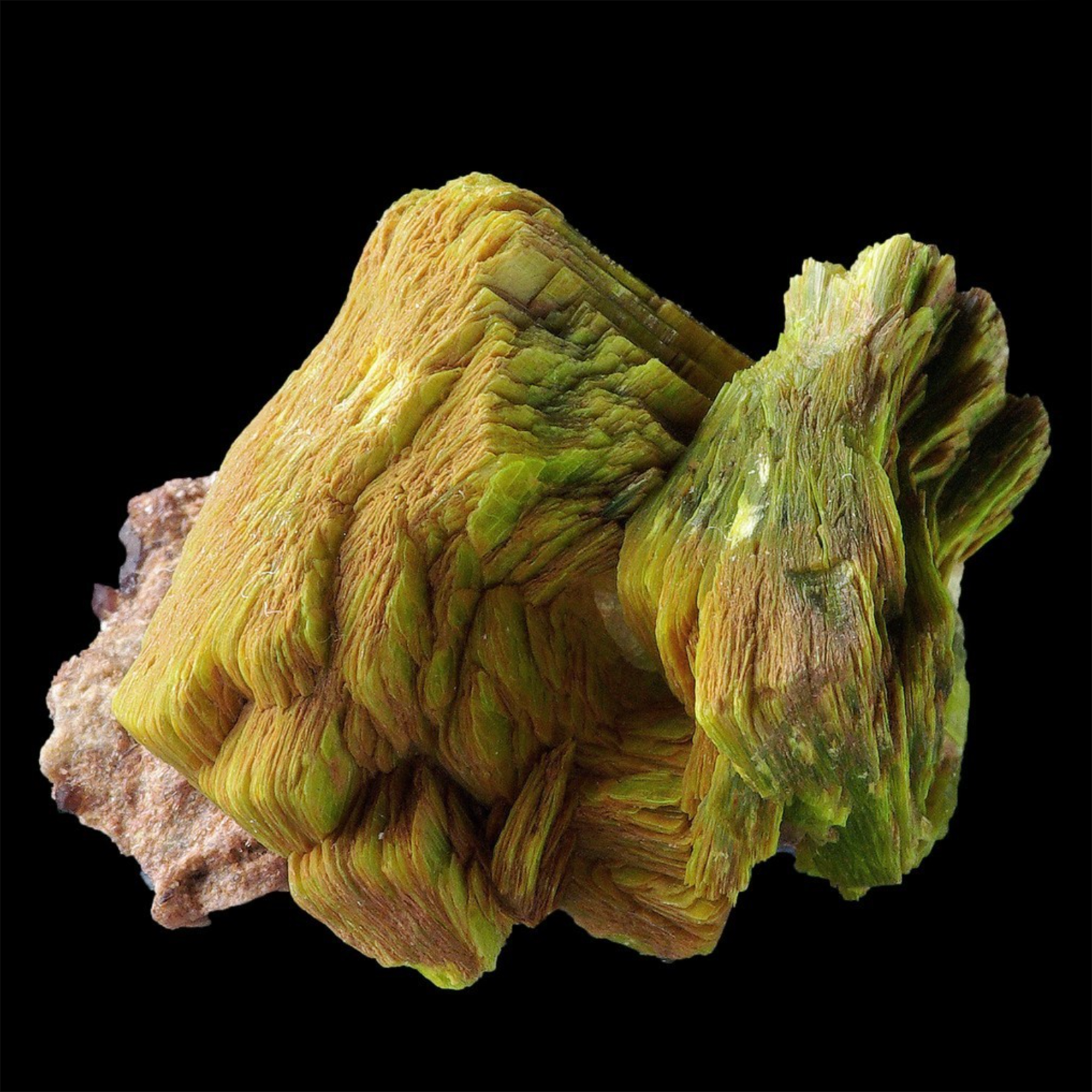

Fluorescent Minerals
Uranocircite is a hydrated phosphate of uranium and barium. It is one of several minerals that exhibit a strong green-yellow fluorescence when viewed under UV light.



Topaz Mountain
On Utah's Topaz Mountain topaz is so abundant, novices on mineral hunting tours are sure to come home with something to show off. Other minerals often found there include opal, garnet, amethyst, red beryl and hematite.
Topaz Mountain Adventures offers private tours with a blasting service in which they will literally blast off rock surfaces for you to have acess to a fresh pocket of gems and minerals.
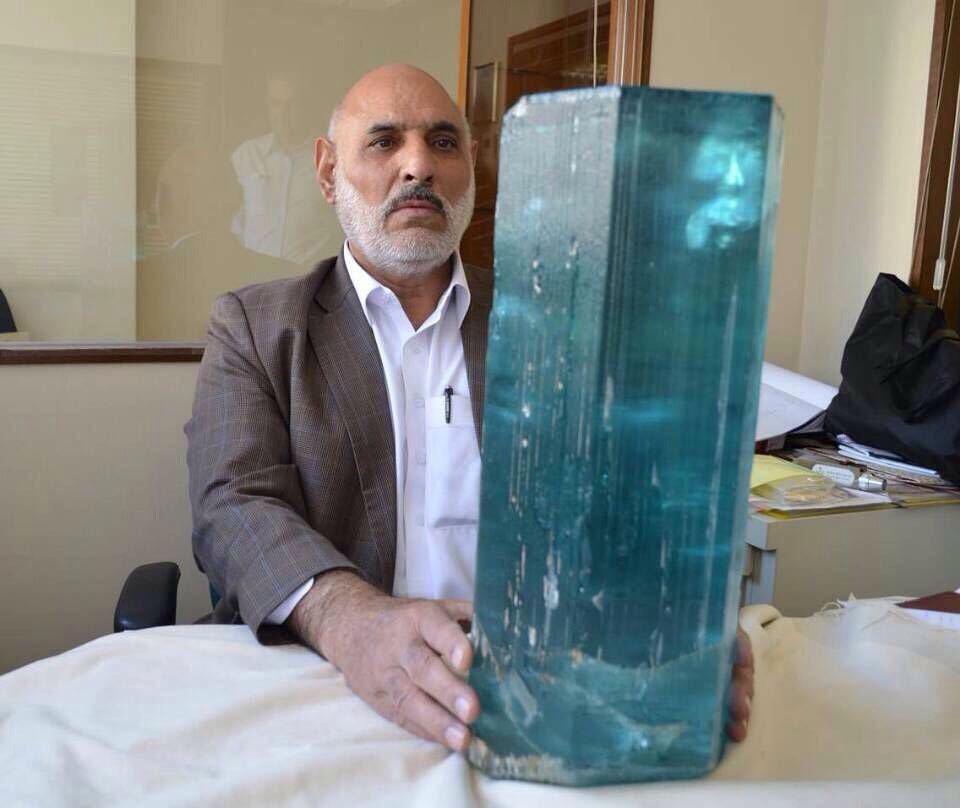


Giant Crystals
Aquamarine crystals can grow to an astounding size. The largest ever recorded weighed 244 lbs. On the top left is the Dom Pedro of Brazil before it was cut into the largest cut gem of aquamarine in the world, now on display in the Smithsonian Museum in Washington, DC. On the bottom left is a miner in the mountains of Pakistan showing off another remarkable cluster.
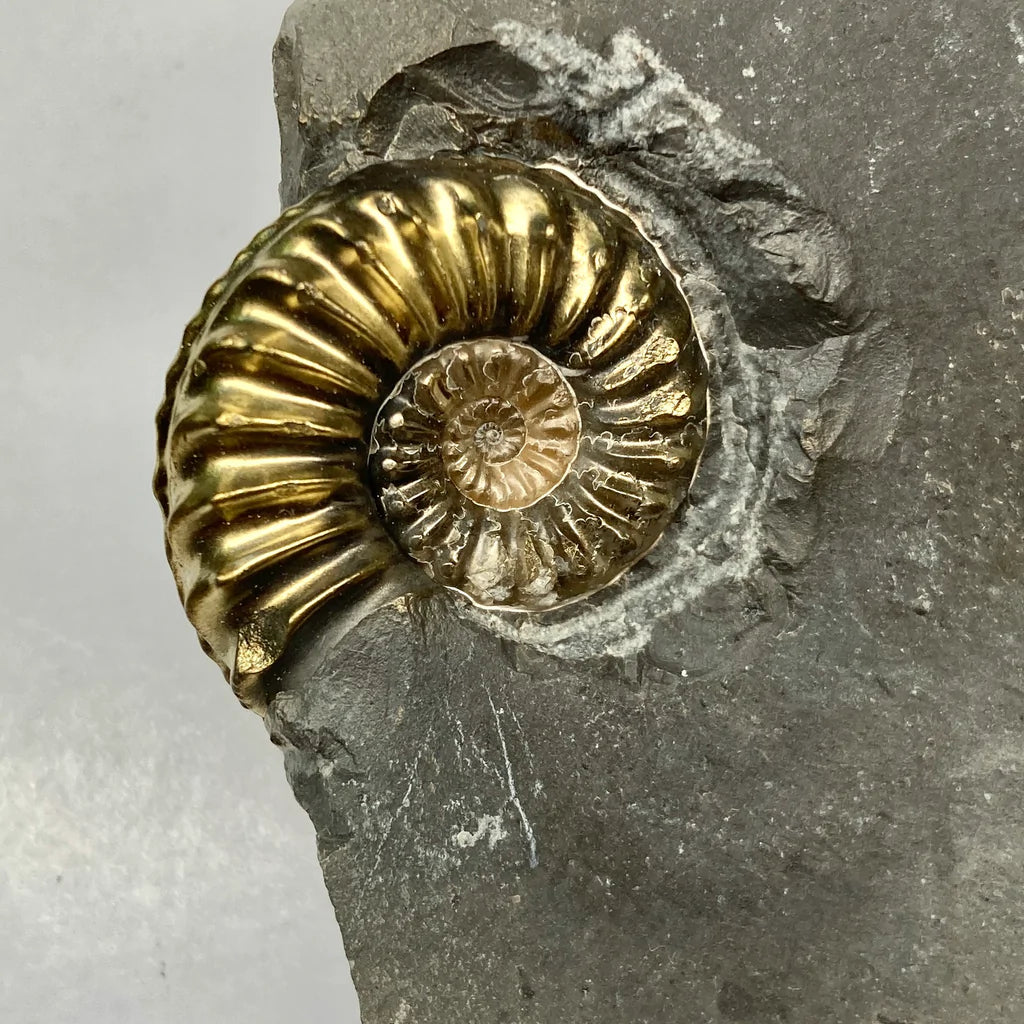
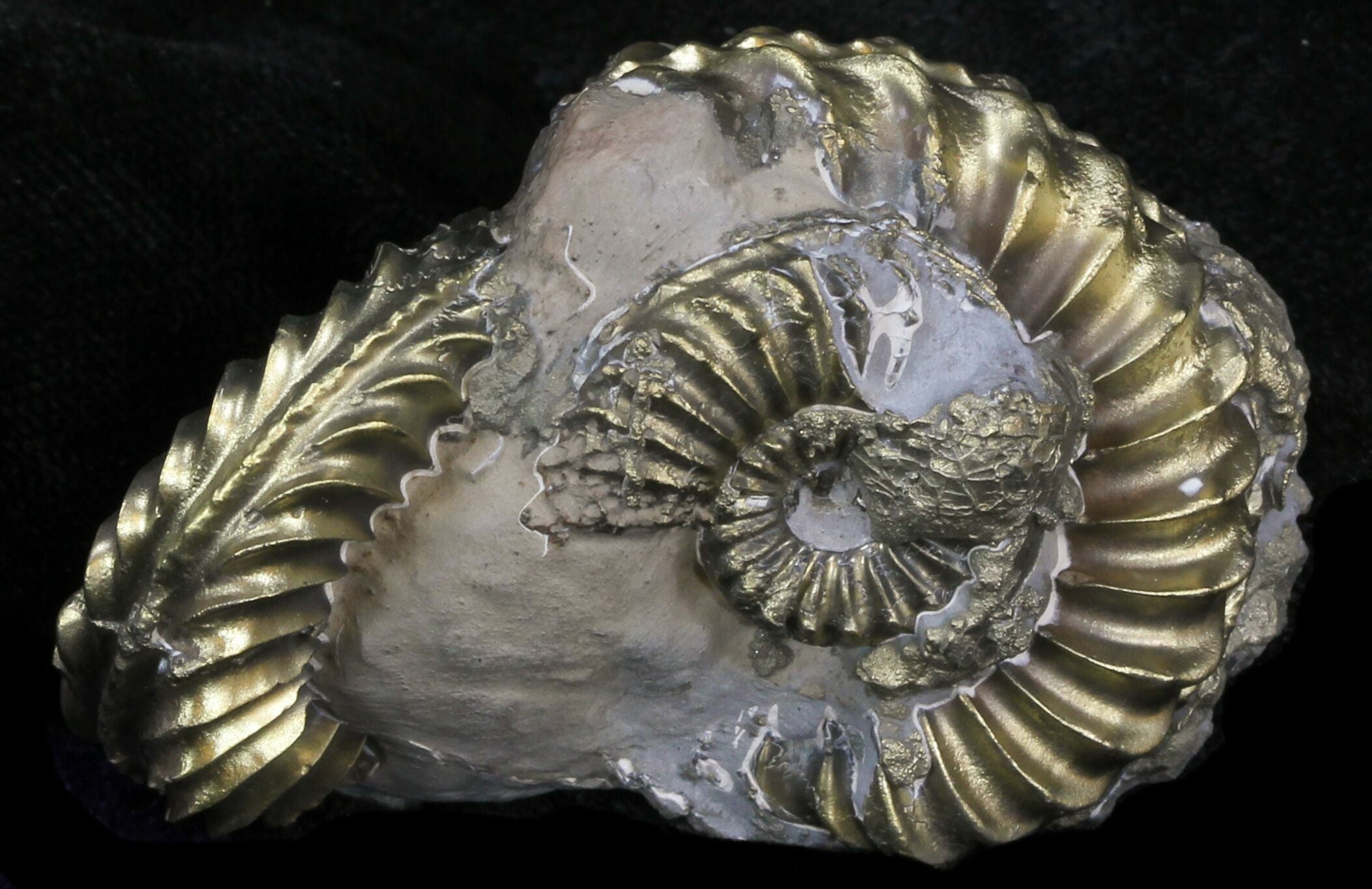
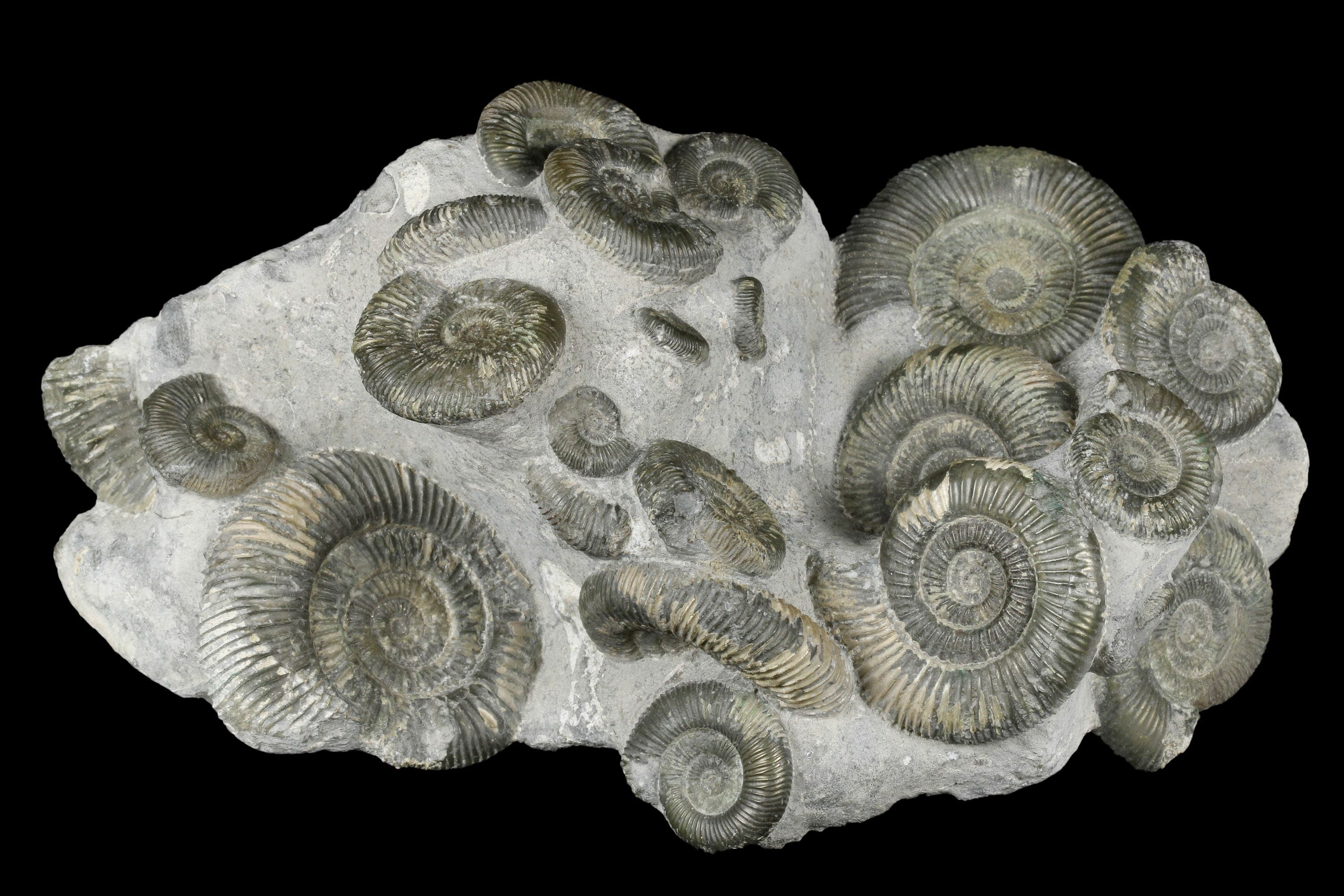
Jurassic Preservation
Pyrite (or iron sulfide: FeS2) is a common mineral that is often found in sedimentary rock. In some fossil deposits pyrite gets incorporated into bone, invertebrate shell, and plant fossils during the process of fossilization. The most common pyrite fossils are ammonites. If these fossils are exposed to conditions of high humidity, pyrite disease also known as pyrite rot can occur.
